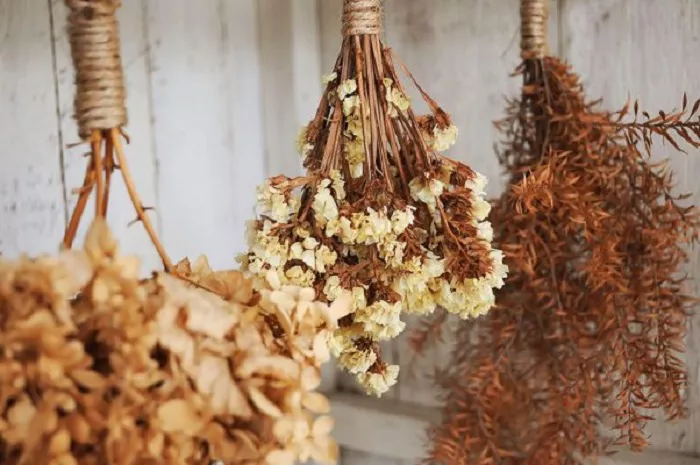In the world of gardening, few things are as frustrating as watching your beloved potted plants wilt away due to dry soil. Whether you’re a seasoned gardener or a beginner with a few pots on your balcony, keeping the soil moist is essential for healthy, thriving plants. This article will guide you through practical and effective strategies to prevent your flower pots from drying out, ensuring your plants stay lush and vibrant.
Understanding the Problem
The Importance of Moisture
Plants rely on consistent moisture to transport nutrients and maintain their structure. When the soil in a flower pot dries out, it can lead to dehydration, nutrient deficiencies, and ultimately, plant stress. Understanding the factors that contribute to rapid drying is the first step in addressing the issue.
Common Causes of Dry Soil
Several factors can cause soil in flower pots to dry out quickly. These include:
- High temperatures: Hot weather increases evaporation rates.
- Wind: Wind can dry out soil and plants rapidly.
- Inadequate pot size: Small pots have less soil volume, which dries out faster.
- Poor soil quality: Soil that lacks organic matter or is too sandy may not retain moisture well.
Strategies for Preventing Dryness
Choosing the Right Pot
The type and size of your flower pot play a crucial role in maintaining soil moisture. Opt for pots made from materials like terracotta or clay, which can absorb and release moisture gradually. Additionally, ensure the pot is large enough to hold sufficient soil, reducing the frequency of watering.
Optimizing Soil Composition
The quality of your soil is fundamental to moisture retention. Consider using a high-quality potting mix that contains peat moss, coconut coir, or vermiculite. These ingredients improve the soil’s ability to hold water without becoming waterlogged. Adding organic matter like compost can also enhance soil structure and moisture retention.
Mulching for Moisture
Mulching is a simple yet effective technique to keep soil moist. Apply a layer of organic mulch, such as shredded bark, straw, or even dried leaves, on top of the soil. Mulch helps to shade the soil, reducing evaporation and maintaining a more consistent moisture level.
Watering Techniques
Proper watering is key to preventing dry soil. Water your plants deeply but less frequently, allowing the soil to absorb and retain moisture. Avoid shallow watering, which only moistens the top layer of soil. Use a watering can or drip irrigation system to deliver water directly to the soil, minimizing evaporation.
Using Self-Watering Pots
Self-watering pots are designed to provide a consistent supply of water to your plants. These pots have a reservoir that stores water, which is then absorbed by the soil as needed. They are particularly useful for busy gardeners or those who travel frequently.
Creating a Humid Environment
Some plants, especially tropical varieties, thrive in humid conditions. Grouping your potted plants together can create a microclimate with higher humidity, reducing the rate of evaporation. You can also place a tray of water near your plants or use a humidifier to increase moisture levels in the air.
Monitoring Soil Moisture
Regularly check the moisture level of your soil by inserting your finger about an inch into the soil. If it feels dry, it’s time to water. Alternatively, invest in a moisture meter, a simple tool that provides an accurate reading of soil moisture levels.
Additional Tips for Success
Avoiding Overheating
Position your flower pots in areas that receive partial shade during the hottest parts of the day. This can help prevent the soil from overheating and drying out too quickly. If possible, move your pots to cooler spots during heatwaves.
Using Saucers and Trays
Place a saucer or tray under your flower pots to catch excess water. This water can be reabsorbed by the soil, helping to maintain moisture levels. However, be cautious not to let the pot sit in standing water for too long, as this can lead to root rot.
Seasonal Adjustments
Adjust your watering schedule according to the seasons. During hot, dry periods, you may need to water more frequently. In cooler months, reduce watering to prevent waterlogging and root rot.
Plant Selection
Choose plants that are well-suited to your climate and environment. Drought-tolerant plants, such as succulents and cacti, require less frequent watering and are more resilient to dry conditions.
Conclusion
Keeping your flower pots from drying out is a combination of choosing the right pot, using high-quality soil, and employing smart watering techniques. By implementing these strategies, you can create a healthy, thriving environment for your plants. Remember, consistency is key. Regularly monitor your soil moisture and adjust your care routine as needed. With a little effort, your potted plants will flourish, bringing beauty and life to your garden or home.


